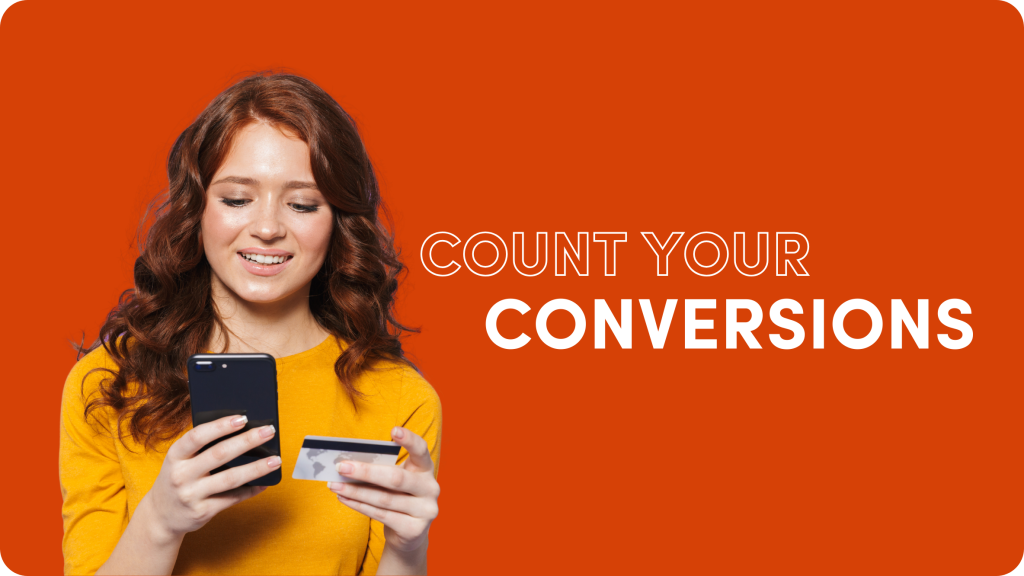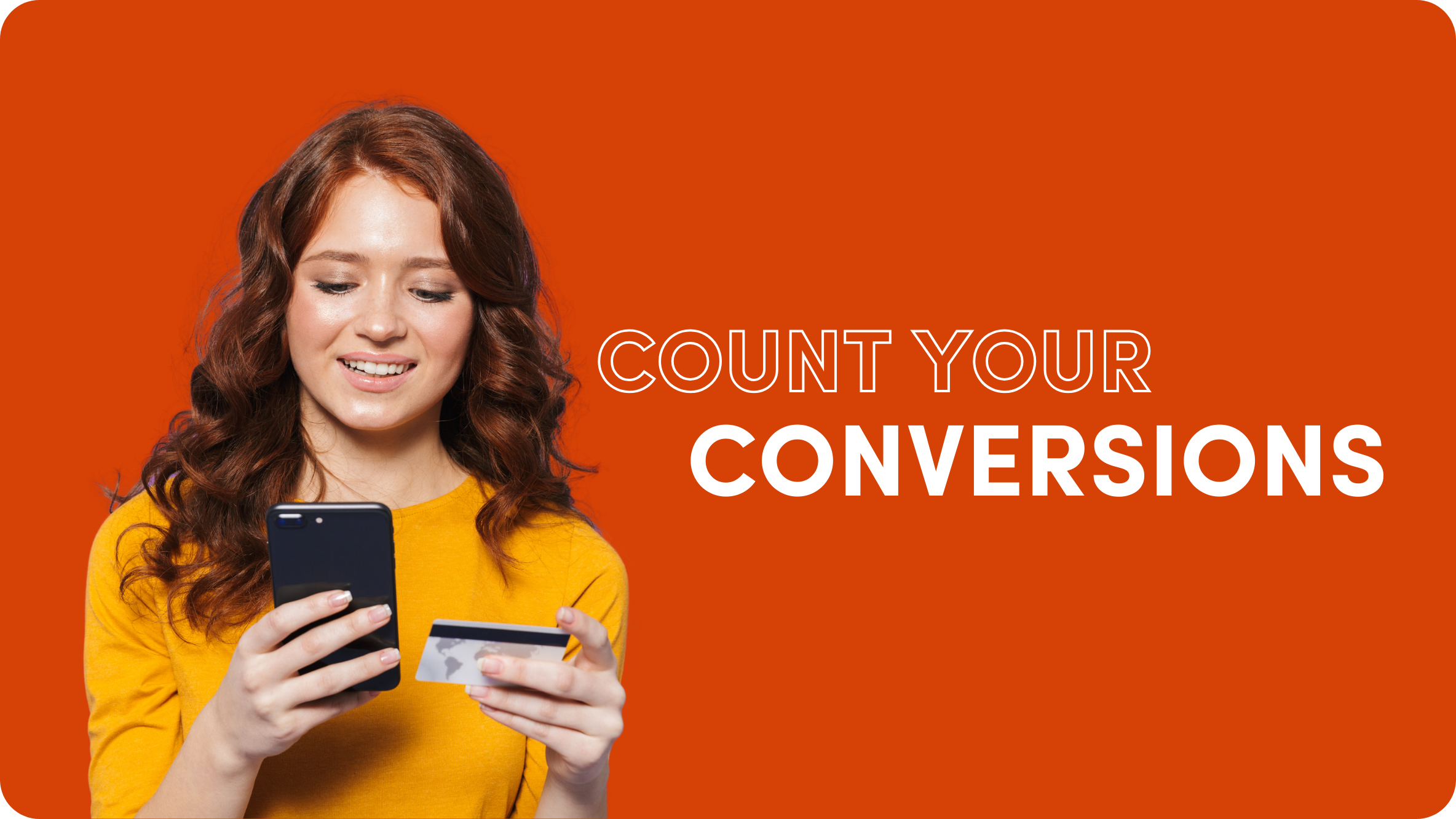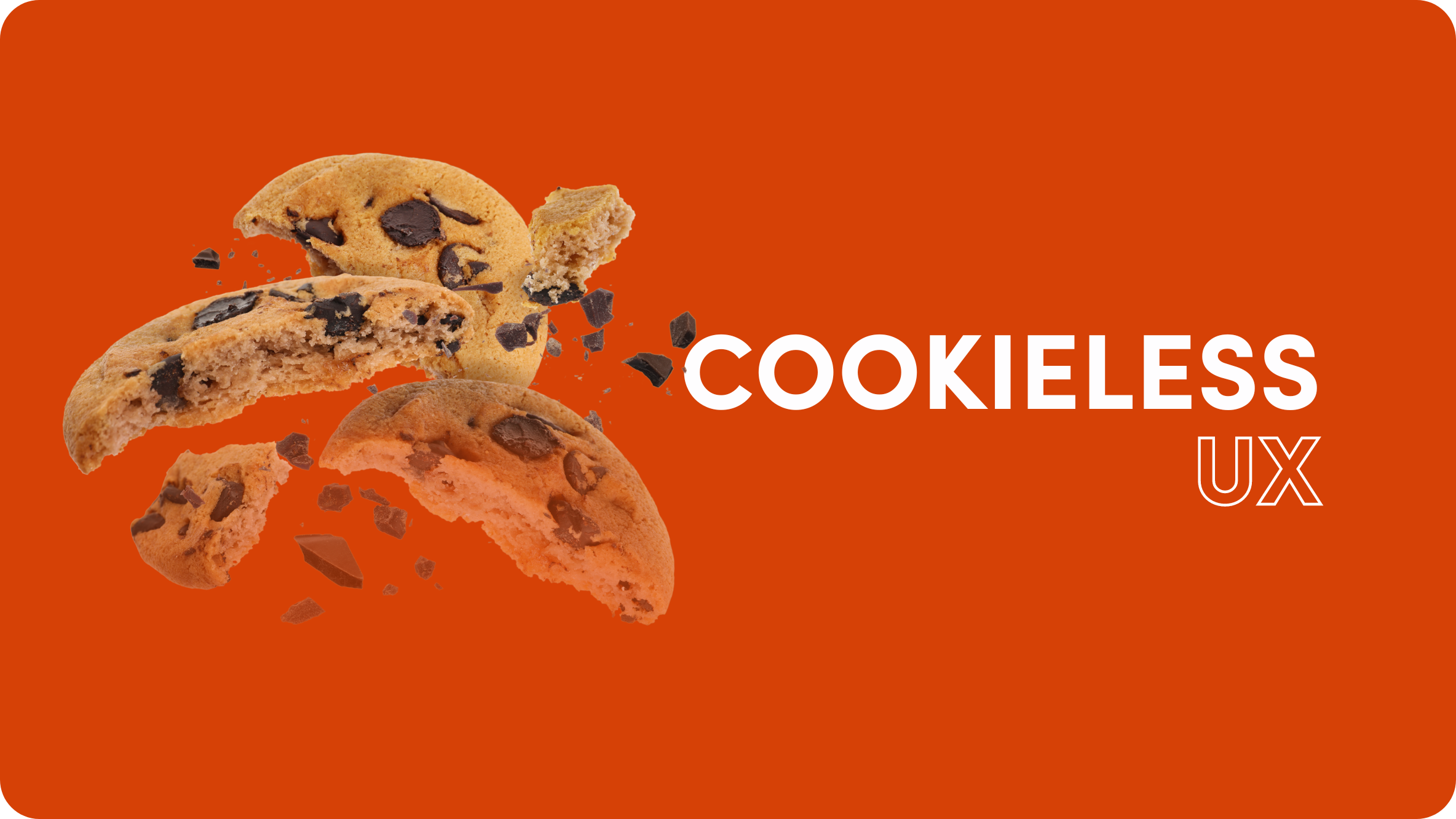How to Measure the Success of Bottom-Funnel Campaigns

Bottom-of-funnel campaigns are the ones marketers and advertisers obsess over the most. It makes sense when you consider that this is the stage where the money starts to roll in (or not, as the case may be).
The pressure is on. Are your strategies really driving sales? Are you allocating resources well enough?
Let’s say you’re running a bottom-of-funnel campaign for a new tech gadget. You throw the kitchen sink at it – flashy ads, offer emails, social media posts, you name it. Launch day comes around, and the conversion rate is… well, let’s just say it’s not going to break any world records.
Now you need to answer some questions.
Was it the ads? Maybe the timing of the email blasts? Or perhaps the social media strategy wasn’t as sharp as it could’ve been?
It’s not just about asking what went wrong, but also understanding why it didn’t click.
Was your messaging clear? Were you targeting the right audience? Did the offers resonate? Did you use the right kind of content or ads?
In this guide, we’ll help you understand the strategies that are most likely to result in bottom-of-funnel campaign success, as well as how to measure the outcomes effectively.
Understanding Bottom-of-Funnel Marketing
Bottom of the funnel marketing is where you hope to turn “maybes” into “yes, please!”. It’s the final stretch of your marketing funnel and where you should shift focus from generating interest to driving up sales.
Bottom-of-funnel campaigns use a strategy that’s both direct and persuasive. Ads and content should be designed to overcome any last-minute objections and nudge almost-ready-to-buy customers over the finish line.
Let’s take a look at some of the most impactful bottom-of-funnel strategies and how to measure them.
Bottom-of-Funnel Strategies and Metrics
Blog posts
The trick to writing good bottom-of-funnel blog posts? Tailor them to overcome your target prospect’s objections, and provide a solid call to action (CTA).
Let’s say your product is a fitness app. Top-of-funnel and mid-funnel blog posts may give general fitness tips and workout routines. For bottom-of-funnel blog posts, you should aim to address specific concerns, such as “10-Minute Workouts for Busy Moms” or “How To Use Our App To Stay Fit While Traveling”.
It’s your chance to show people that your product isn’t just another fitness tool – it’s the key to unlocking their specific fitness goals.
In other words, you’re trying to understand and address the final objections that are floating around people’s brains. Are they worried about time? Ease of use? Customization? Tackle these head-on and you’ll increase the chance of success.
Key metrics
- Page Views and Time Spent: Are people actually reading these tailored posts?
- Engagement metrics: Comments, shares, likes – are people talking about or interacting with your content?
- Conversion Rate: How many readers are taking the next step, like signing up or downloading?
- Bounce Rate: Are they sticking around to read more or bouncing off the page too soon?
- SEO rankings: Are your blogs ranking for the specific problems and solutions your audience is searching for?
Case studies
At this stage in the funnel, many prospects will still sit on the fence. They need a final push to convince them to buy. This is where case studies can work wonders, especially for B2B marketing or more expensive consumer products.
A case study is a real-life success story. It tells the story of a company or person who faced similar challenges to your prospect, and how your solution turned things around for them. This acts as social proof that what you’re offering actually works.
You’re building a final layer of trust that says “Look, it worked for them, it can work for you too.”
Key metrics
- Engagement metrics: Views, shares, downloads – are your case studies catching enough eyes and sparking interest?
- Conversion impact: After reading, are people taking action – filling forms, making purchases? That’s the real test.
- Time invested: Are visitors spending a good amount of time on your case study pages and really digging into the content?
- Social listening: What are people saying about your case studies in comments or feedback, online or offline?
- A/B testing insights: Testing different versions? See which one truly speaks to your audience.
- Direct audience feedback: Through surveys, you can get a direct indication of how your case studies influence decisions.
- Sales correlation: Tie those leads and sales numbers back to your case studies – is there a connection?
Infographics & visual content
Good visual content helps to deliver your sales message in a clear and compelling way.
For instance, if you’re marketing a new energy drink, a well-designed infographic can highlight all the perks – increased energy, essential nutrients, low sugar – all in an eye-catching, memorable format.
Research shows that visual content is 3 times more likely to be shared on social media. This approach can help you to widen your reach and give your conversion rate a boost.
Key metrics
- View Count and Shares: How many eyeballs are on your infographics? Are people sharing them?
- Engagement metrics: Likes, comments, and shares reveal whether your visuals strike a chord.
- Conversion Rates: Are these visuals turning viewers into buyers? Track the click-throughs from your infographics.
- Website traffic: Noticed a spike in visits after releasing an infographic? That’s a win.
- Recall and recognition: Through feedback or surveys, gauge if your audience remembers and associates these visuals with your brand.
Paid ads & remarketing
Paid ads are all about precision. Selling high-end headphones? Target your ads to places where your audience hangs out – music blogs, tech forums, etc. That way, you make sure you’re fishing in the right pond instead of trying to “be everywhere.”
Now imagine that a potential customer clicks on one of your paid ads, looks at a product, but doesn’t buy. In this scenario, remarketing techniques can be used to place ads that ‘follow’ the prospect to other websites. This strategy provides a gentle nudge – a reminder of what they left behind – with your ads popping up on other sites as they browse.
Key metrics
- Click-Through Rate (CTR): Are people clicking on your ads? A high CTR means your ad is hitting the mark.
- Conversion Rate: This tells you if those ad clicks are turning into purchases or sign-ups.
- Cost Per Conversion: How much are you spending to get each conversion? It’s about efficiency and getting the biggest bang for your buck.
- Remarketing engagement: Are those remarketing ads bringing back the almost-customers? Track their return visits and actions.
- ROAS (Return on Ad Spend): Ultimately, are you getting a good ROI for these ads?
Promo codes
Who can resist a great offer or discount? Most people will jump at the chance to save some money when buying a product they’ve had their eyes on for a while.
Promo codes are ideal; not only do they push up conversions, but they also give you deeper insights into your customers, such as where they got the promo code from and when.
Key metrics
- Redemption Rate: How many of these codes are being used? It’s a direct measure of their effectiveness.
- Average Order Value (AOV): Do customers spend more when they use a promo code?
- New vs. Returning Customers: Are your promo codes attracting new customers or encouraging repeat business?
- Time to Conversion: How quickly do customers use the codes after receiving them?
- Cost Per Acquisition (CPA): Compare the cost of offering these codes against the profit they bring in.
Bottom-funnel SEO
Bottom-funnel SEO can be explained like this – when someone types “buy [X product]” or “best [Y service] near me,” your content should be near the top of the search results.
You can use a variety of SEO strategies to achieve this. It’s a targeted approach that makes sure you’re right there at the bottom of the funnel, just when people are searching for a solution and are primed to buy.
Key metrics
- Search engine rankings: Are you topping the search engine charts for those critical buying-intent keywords?
- Organic traffic: How much traffic do your SEO efforts drive to your site?
- Conversion Rate: Of the traffic coming in, how many actually convert?
- Bounce Rate: Are visitors sticking around or leaving quickly from your web pages?
- Time on Page: Are potential buyers engaging deeply with your content?
- Keyword performance: Which keywords drive the most traffic and conversions?
Customer feedback & testimonials
Customer voices can act as a powerful megaphone for your brand’s credibility. That’s why glowing testimonials are like gold dust in the marketing world. When a prospect sees a testimonial from someone who’s already bought something from you, it’s like getting a reassuring nod from a friend.
The great thing about social proof is that it doesn’t rely on you talking up your product. Instead, real customers share their genuine experiences. That’s a powerful way to convince people to commit.
Key metrics
- Testimonials engagement: How often are they viewed, liked, or shared?
- Influence on Conversion Rate: Do more people buy after seeing these testimonials?
- Customer Satisfaction Score (CSAT): How do your customers rate their experience with your product or service?
- Feedback volume: The number of feedback entries can be a testament to customer satisfaction and engagement.
Innovative content
Last, but not least, why not get creative with your content? Innovation means thinking beyond ads and blogs. How about an interactive quiz that helps people find the perfect product to meet their needs? Or a virtual reality experience showing your product in action?
Creating fun, immersive experiences like this engages your audience on a whole new level. A rule of thumb is – the more you engage your audience, the more likely they are to move from interest to purchase.
Key metrics
- User Engagement: Do people interact with your content and for how long?
- Conversion Rate: Do the new approaches lead to more sales or inquiries?
- Social shares and virality: Are people sharing your content organically?
- User feedback: What do people say about these experiences? Do they improve your brand image?
- Return on Investment (ROI): Does the cost and effort of creating these experiences pay off in terms of customer engagement and sales?
Final Word
Let’s wrap up this guide with three key takeaways related to bottom-of-funnel strategies and how to measure success.
Powerful personalization
Tailored content performs better than general content, especially at the bottom-funnel stage. Take the time to create blog posts and case studies that directly address your prospect’s unique needs and barriers. The main aim is to make sure your customers feel seen and heard.
More engagement = Higher conversions
Content isn’t just for show, it’s there to increase sales or conversions. But don’t be misled – good bottom-of-funnel content still needs to engage people and deepen the connection with your audience, rather than simply push a sale. Engagement makes the leap from interest to purchase much more likely.
What gets measured, gets mastered
Keep an eye on all-important metrics, such as conversion rates and user engagement. Use the key metric lists for each content type above to make sure you’re tracking the right metrics. This will give you deeper insights into where your strategies are performing well and where they may be lacking.
At the bottom of the funnel, you can continuously improve your campaigns based on what the metrics are telling you. The reward for that extra effort is likely to be increased conversion rates and revenue, which is the ultimate prize.











